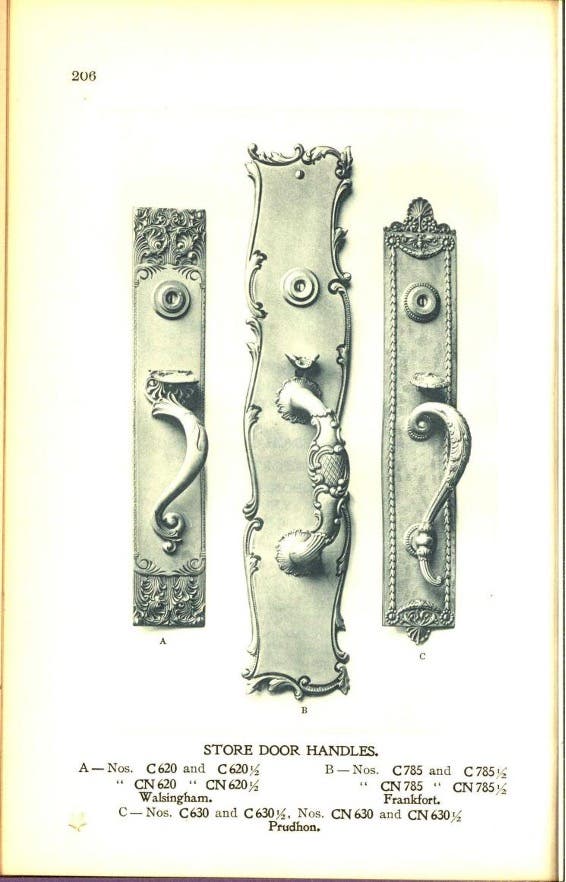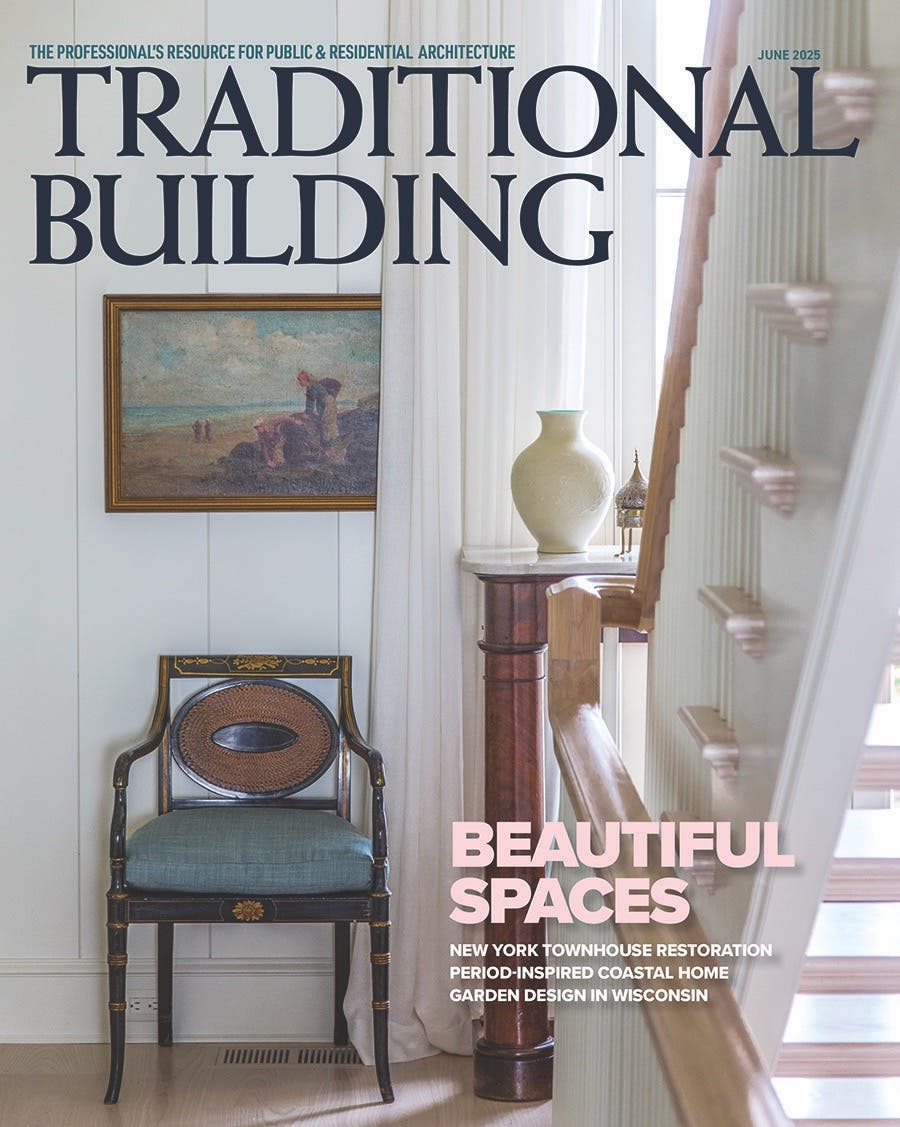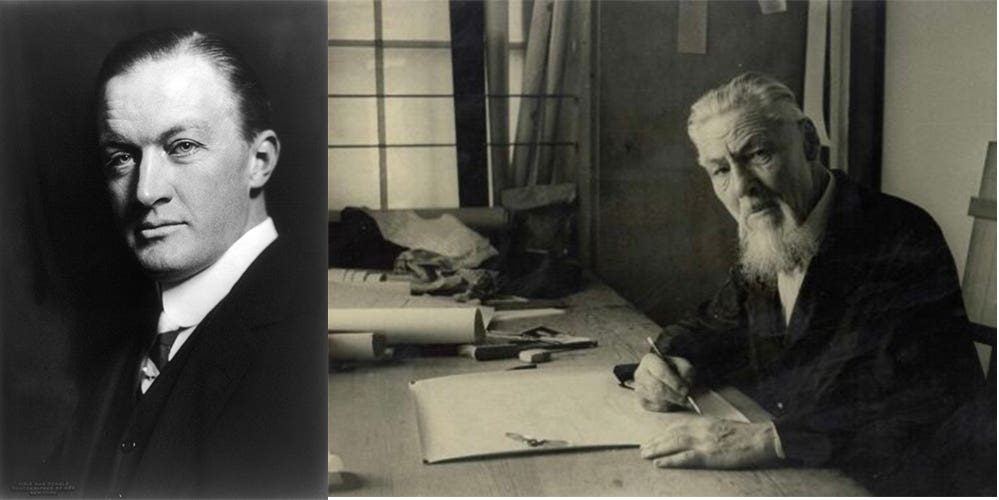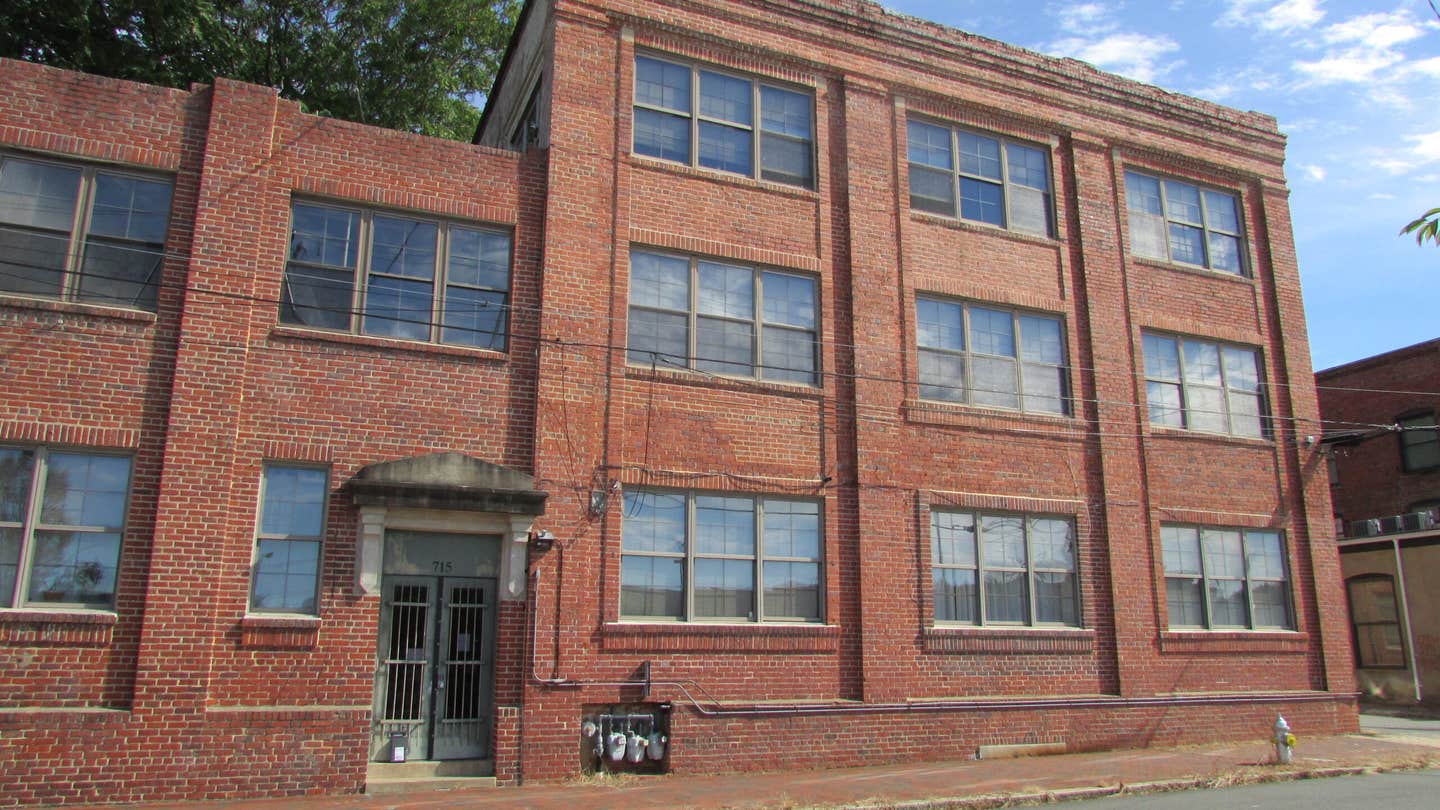
Mike Jackson
Building Technology Heritage Library: Builders’ Hardware
Hinges, locks, handles, screws, and knobs are among the many small metal parts that have played a big role in the building industry. Builders’ hardware is a ubiquitous part of the built environments and we almost take it for granted. Every time we open a door we are touching and using these essential parts of our daily life. The hardware catalogs in the Building Technology Heritage Library (BTHL) showcases the evolution of hardware for a wide range of products that fit under this label. Special emphasis is placed on builders’ hardware, which includes door handles, hinges, and locks.
The hardware catalogs in the BTHL range from specialty catalogs for individual hardware components such as screws to thousand-page volumes where “builders’ hardware” is just one of the specialty areas. Tools, housewares, farm supplies, sports equipment, and automobile supplies are just a few of the other materials that all fit within the wider range of objects found in the hardware store today.
The documents in the BTHL tell the story of changing technologies, fashions, and finishes. The door knob can be traced from a simple knob to a metal assembly with invisible (mortised) mechanical parts an elaborate polished or plated brass escutcheon plates and handles. Some of the catalogs have extensive lists of hardware styles, which were often derived from classical sources. One prominent catalog had pages of Etrurian designs, a term that has slipped from our modern memory. The technology of metal finishes is also a part of the hardware story. It was not uncommon to have hardware available in more than two dozen different metals and finishes.
Of special note are some of the outstanding examples of publication design. The large format illustrations of decorative hardware are little works of art in and of themselves. In the Victorian era, the door handle was available in an extensive and elaborate range of designs, which were dramatically illustrated in the catalogs of the times. Giving a whole page display to one door handles was a clear indication of its importance in design. Gives a new meaning to the expression—making an entrance!
In 20th century, new hardware was developed for various uses and functionality. Think garage door or door closer as two examples. Furniture and cabinet hardware was also included under the broader category of “builders’ hardware.” Cabinet makers are builders too. As the modern movement in architectural design swept across the world after 1930, hardware designers took note and started to produce “streamline” and Art Deco designs.
The hardware catalogs in the BTHL, both small and large, provide an expansive view of material culture “one piece at a time.”
Wm. M. McClure & Brother, Philadelphia
This is the earliest hardware catalog in the BTHL and is primarily furniture and door hardware with a smaller section on tools. The furniture hardware featured decorative porcelain knobs with a “very large assortment of Patterns.” The largest section of this catalog are mortise and rim door locks.
Maurice E. Viele, Albany, NY
This is an early and comprehensive catalog of builders’ hardware, tools, and housewares. The first third of the catalog is building hardware, including hinges, handles, door and sash locks, and a wide variety of fastening devices such as brads, tacks, nails, screws and bolts.
Chas. A. Strelinger Co., Detroit, MI
This large volume contains building and furniture hardware. The illustrations are great examples of the catalog art of this era, often with a single piece of decorative hardware as a full-page display. The “Eastlake” style of ornament is especially beautiful in these illustrations. One of the more unusual items was a “speaking tube” system, the household “intercom” of the late 19th century. The last part of this catalog features electric bells and annunciators including an electric “burglar alarm.”
Russell & Erwin Mfg Co., New Britain, CT
This builder’s hardware catalog is typical of many, with a wide variety of designs for door hardware, many with decorative escutcheon plates. There were more than 30 different finishes that were available, dull and polished brass, nickel plated, and bronze.
Grant Pulley and Hardware Co., New York, NY
This catalog of window pulley hardware includes some interesting variations of “overhead” pulleys. The catalog has a feature story that their product was used in the Flatiron Building in New York City.
Simmons Hardware Company, St. Louis, MO
This 400 page building’s hardware catalog is a special catalog that was part of a larger 1,400 page documents. There are a great variety of door hardware designs with a detailed list of style such as Etrurian, Hellenian, and Ionian. There is a two-page chart of finishes with notes as to the various manufacturers.
McKinney Manufacturing Co., Pittsburgh, PA
Decorative hardware of modern construction but designed to simulate “hand forged” metalwork was popular for period revival style buildings. There were “six of the most beautiful designs of olden times” – Heart, Curley Lock, Tulip, Etruscan, Warwick, and Alhambra.
Richards-Wilcox Mfg. Co., Aurora, IL
The sliding door has made a recent comeback in contemporary design. The catalog of garage doors is mostly a sliding and folding garage doors, which were at the height of their popularity in the 1920s. There are more than two dozen catalogs from the Richards-Wilcox company in the BTHL.
Albany Hardware & Iron Co., Albany, NY
With nearly 900 pages, this is one of the most comprehensive hardware catalogs in the BTHL. The catalog is divided into ten sections, Heavy Hardware, Tools, Agricultural, Cutlery, Builder’s Hardware, Electrical Appliances, Kitchen Wares, Stoves and Lanterns, Household Goods, and Sporting Goods.
Guest, Keen & Nettlefolds, Ltd., Birmingham, England
The tiny but powerful “screw” and other metal fasteners can be found in many variations in this 300+ page catalog. “The illustrations, with a few obvious exceptions… are in full size, and may be used as a guide.”
Yale and Towne Manufacturing Co., Stamford, CT
This large volume contains decades worth of hardware designs, but there are several pages with noteworthy new designs in an Art Deco style. Technical details of metals finishes and lock types are fully illustrated.
Norton Door Closer Co., Chicago, IL
The Norton Company can trace its origins to 1880 when Lewis C. Norton was issued a patent on a pneumatic door closer. The company has continued to be a leader in this field and is still active today.
National Lock Company, Rockford, IL
The streamline designs of this hardware originated in the 1930s but would remain popular for decades to come.









